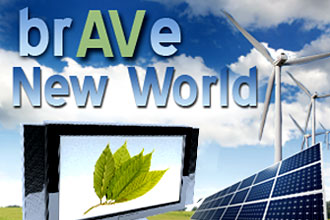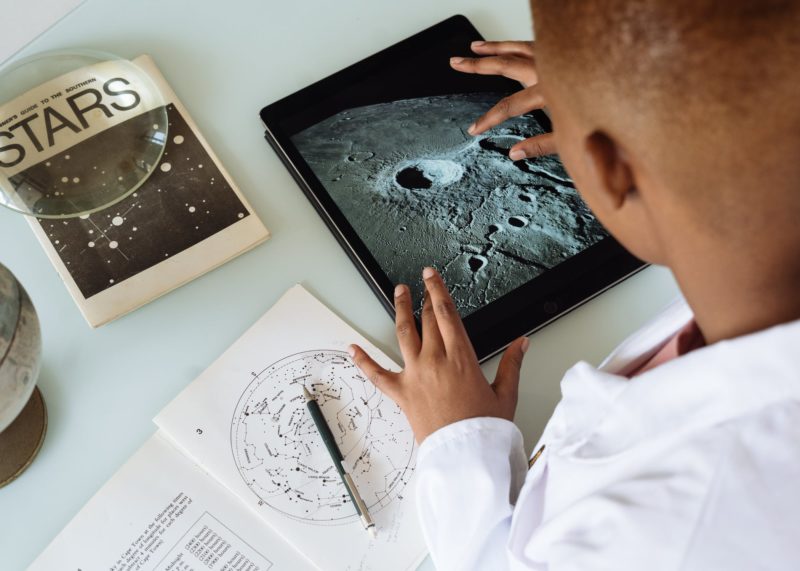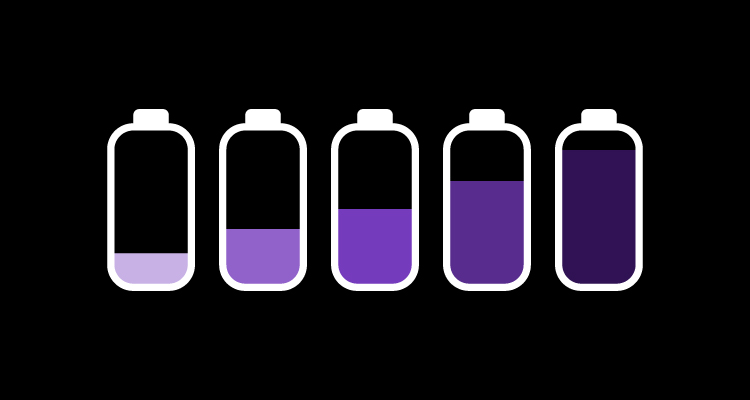Future Tech, Pro AV and Sustainability: 3D Printing
 Hear this: We are moving into an era where technology assumes a seamless place in our daily life, both professionally and personally. My washing machine talks to me via my phone. My cat can be located on my GPS. It is a time of wonderment and exploration as our lives increasingly resemble those of the Jetson family. With this progress, we develop the ability to streamline the processes in our personal and professional life. There are more tools than ever at our fingertips to create efficiency and reduce waste… which are the very core of sustainability. Thinking of future tech, what are some of the implications for sustainability in our business life?
Hear this: We are moving into an era where technology assumes a seamless place in our daily life, both professionally and personally. My washing machine talks to me via my phone. My cat can be located on my GPS. It is a time of wonderment and exploration as our lives increasingly resemble those of the Jetson family. With this progress, we develop the ability to streamline the processes in our personal and professional life. There are more tools than ever at our fingertips to create efficiency and reduce waste… which are the very core of sustainability. Thinking of future tech, what are some of the implications for sustainability in our business life?
The first concept that gets me pretty excited is 3D printing. I’m beginning to think there isn’t an AV shop around that shouldn’t have its own 3D printer. I was inspired by my friends at OnLocationEngagements, which is a beacon technology used for distributing content at events. The housing for the company’s beacons is really neat and tight and as I inspected it, I noticed that it was the perfect size and shape for their circuit boards. Curious, I asked where they were having them manufactured and what the cost was, and the answer of “we do it ourselves with a 3D printer” shouldn’t have surprised this lover of future tech – and yet it did!
For all of the odd binds AV pros face that require our best MacGyverrific solutions, being able to design and manufacture a custom “thing” is an incredible concept. So imagine the implications of small shops being able to fabricate their own supplies. Small runs of needed items, with no shipping and no waste. The process of CNC manufacturing generally uses a reductive process, where you take a bunch of raw material and shave away to get what you need. 3D printing is additive, which means you add the materials until you get your final product — much less waste generated. Finally, choosing PLA as your raw material/filament, means a bioplastic derived from corn that has a low toxicity score on the MDS. And has the added benefit of being biodegradable.
In true sustainable business practice, there are financial implications here too. To buy the most entry level printers, you can spend less than $1,000. Or, you can go to a shop and pay for a small batch of printing. The raw materials can easily be less than $100, depending on the run size. Next, plug it into a power source fueled by alternative energy and we are beginning to make our bacon sizzle (or vacon if you really want to minimize impact).
In addition to 3D printing, there are a couple of other futuristic technologies that are not only exciting because of the cool factor, but also for their potential benefit to sustainable practices. I’ll cover those in the next few months, because if there’s one thing this girl loves, it’s living a Jetson daydream!!





